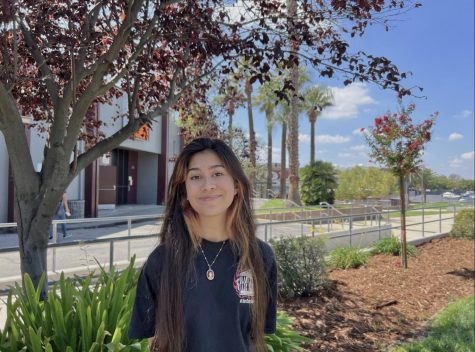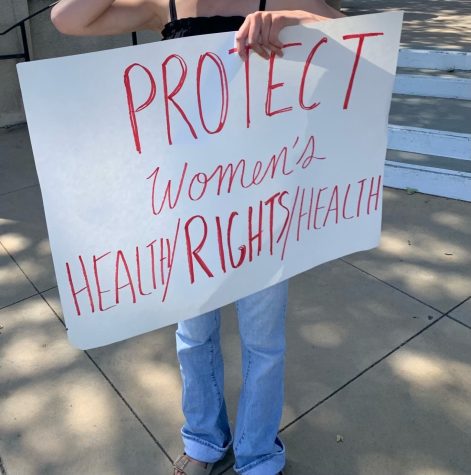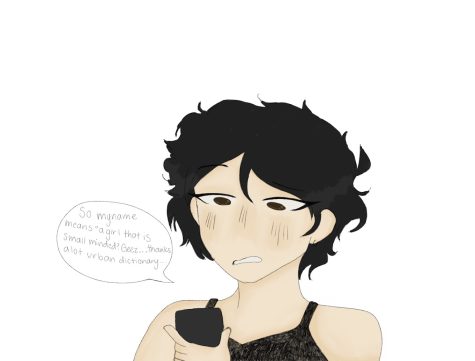TikTok’s Impact on Teen Psychology
It is like an episode of “The Twilight Zone;” kids all across the country following the same acts of havoc for no apparent reason. From vandalizing high school bathrooms to smacking teachers, the trends are getting weirder and weirder. What is going on, and why?
It starts with TikTok, a viral app that’s especially popular among 10-19 year olds. TikTok is a space where “viewers can watch and discover millions of personalized short videos,” (TikTok 2021). It is important to note that the app’s highest age demographic fits the exact ages of adolescence, a vital part of human development where one experiences rapid cognitive and psychological growth. Teens start to become increasingly aware of themselves and others, therefore having heightened vulnerability to anxiety and depression.
The TikTok algorithm’s goal is simple: to get users to spend as much time on the app as possible. The algorithm collects data about the user’s device, account settings, captions, language, location, bio, and more, according to Input Magazine. One of the ways the algorithm increases screen activity is by creating “echo chambers,” a bubble where the user is placed with others of the same opinions. In Tiktok’s case this presents itself as a feed of repetitive videos all conveying the same perspective. This creates group polarization, the psychological phenomenon where like-minded people in a group reinforce others viewpoints, in turn strengthening the opinions of each individual. French psychologists Serge Moscovici and Marsia Zavalloni determined that group polarization allows for people to develop extreme positions.
How does this info apply to the vandalization of high school bathrooms? Well, imagine a student comes across the trend on TikTok- they are seeing mirrors smashed, urinals stolen, and before having the time to process and question what is happening, they are already seeing thousands of comments and likes supporting it. Not only have they deemed it okay, but they may want to do it themselves. That is group polarization at work.
“It may seem that we are in control of our thoughts and behavior. But social psychology tells us a different story. We take cues from our environment, especially from other people, on how to act,” (Psychology Today 2017). People are not persuaded by whether something is fundamentally good, but by whether others think so. It is an evolutionary thought process that once benefited in survival, but now hinders the ability of social navigation.
ItWhat is worrying is when millions of adolescents start to become desensitized to what is okay and what is not okay. The loss of balanced perspective can be threatening, as proved recently with the “Devious Licks” challenge and its effect on schools, including CHS. Bathrooms have been locked and official announcements have been made in order to deter students from participating in these trends. Claremont principal Dr. Brett O’Connor warned that there are potential criminal consequences if students participate in these TikTok trends.
This situation did not emerge overnight–this is the result of years of cultivating internet culture. There is no immediate solution. Simply, one can become more aware of themselves and how they interact with social media. A good place to start is by defining the personal goal of using social media, and then questioning whether certain content is beneficial toward that goal.
Hello there! Our goal is to provide relavent, engaging journalism for readers of all ages. Your donation will support the student journalists of the Wolfpacket at Claremont High School, and will allow us to purchase equipment, print our monthly issues, and enter in journalism competitions. We appreciate your consideration!

Frida Garcia is a senior at Claremont High School and the Head Features Editor of the Wolfpacket. Besides designing for the features spread, Frida’s...












